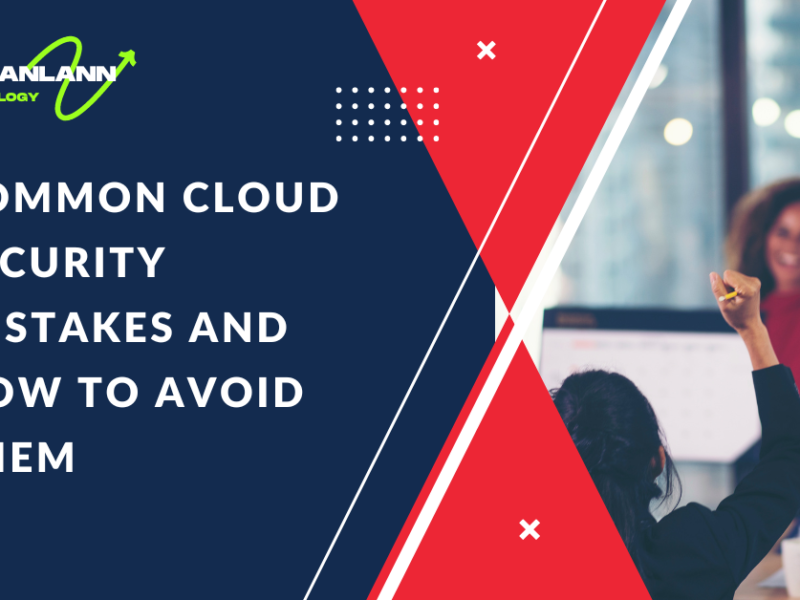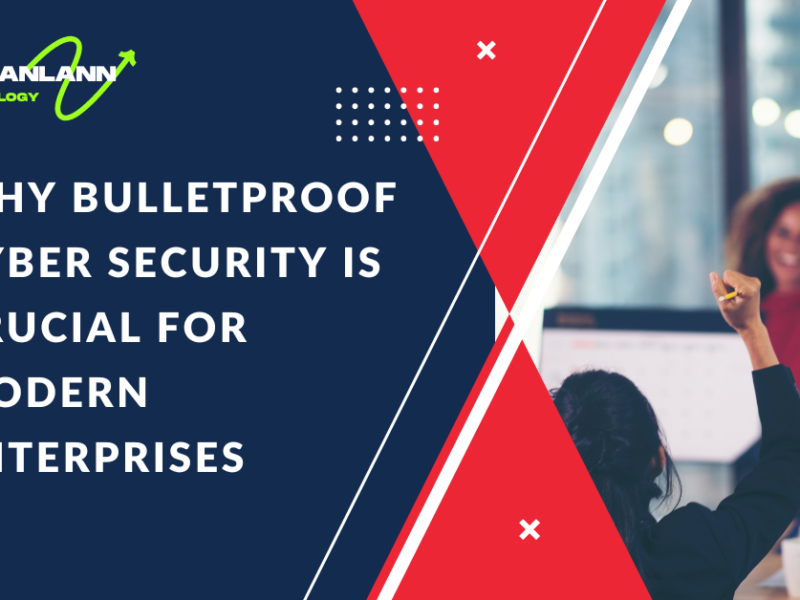In today’s increasingly connected world, the need for robust cyber defenses cannot be overstated. As cyber threats grow more sophisticated, both individuals and businesses must prioritize protecting their digital assets. However, one of the most common barriers to implementing effective security measures is the cost. Fortunately, building a bulletproof cyber security system doesn’t have to drain your budget. With the right strategies and tools, you can establish a strong defense that is both cost-effective and comprehensive.

This guide will help you create a bulletproof cyber security system on a budget, ensuring that your digital environment is secure without overspending.
Understanding Your Cybersecurity Needs
The first step in building a bulletproof cyber security system is understanding your specific needs. You need to know what assets you’re protecting, the potential threats you face, and how to mitigate those risks cost-effectively.
- Identify Critical Assets: Determine which data and systems are most critical to your operations. Whether it’s personal information, financial records, or proprietary business data, identifying these assets allows you to focus your security efforts where they matter most.
- Evaluate Threats: Common cyber threats include phishing attacks, malware, ransomware, and data breaches. Understanding these threats will help you prioritize your security measures.
- Assess Risks: Assess the likelihood and potential impact of these threats on your assets. This risk assessment will guide your decision-making process and ensure that your resources are allocated efficiently.
Implementing Strong Password Policies
Passwords are often the first line of defense in any bulletproof cyber security system. However, weak or reused passwords can easily be compromised.
- Use Complex Passwords: Ensure that all passwords are strong and unique. They should include a mix of upper and lower case letters, numbers, and special characters. Avoid using easily guessable information, such as names or birthdates.
- Regularly Update Passwords: Encourage or enforce regular password changes. This practice can significantly reduce the risk of password-related breaches.
- Employ Password Management Tools: Password managers like LastPass or Bitwarden are excellent tools for securely storing and generating complex passwords. These tools are often free or low-cost, making them a valuable addition to your bulletproof cyber security system.
Utilizing Multi-Factor Authentication (MFA)
Multi-factor authentication (MFA) is a critical component of a bulletproof cyber security strategy. MFA adds an additional layer of protection by requiring a second form of verification, making it much harder for attackers to gain unauthorized access.
- Enable MFA on Sensitive Accounts: Start by enabling MFA on accounts that contain sensitive information, such as email, banking, and administrative accounts.
- Use Authenticator Apps: Authenticator apps like Google Authenticator or Authy provide more secure MFA options compared to SMS-based methods, which can be vulnerable to SIM-swapping attacks.
Securing Your Network
Network security is fundamental to building a bulletproof cyber security system. Without proper network security, your entire system could be at risk.
- Deploy a Firewall: A firewall acts as a protective barrier between your internal network and potential external threats. Ensure that your firewall is always active and properly configured.
- Use a Virtual Private Network (VPN): A VPN encrypts your internet connection, making it difficult for hackers to intercept your data. Opt for a reputable VPN service, especially when accessing public Wi-Fi networks.
- Keep Routers Updated: Regularly update your router’s firmware to protect against known vulnerabilities. Additionally, change default login credentials and disable unnecessary features like remote management.
Keeping Software and Systems Updated
Keeping your software and systems up-to-date is a critical aspect of maintaining a bulletproof cyber security system. Many cyberattacks exploit vulnerabilities in outdated software.
- Enable Automatic Updates: Whenever possible, enable automatic updates for your operating system, applications, and software. This ensures that security patches are applied as soon as they become available.
- Schedule Regular Software Reviews: For software that doesn’t support automatic updates, set a schedule to review and update them manually. This includes web browsers, antivirus software, and any applications that handle sensitive information.
Installing Reliable Antivirus and Anti-Malware Software
A bulletproof cyber security system requires reliable antivirus and anti-malware software to protect against malicious software.
- Choose Reputable Antivirus Software: Opt for well-known antivirus solutions like Avast, Bitdefender, or Malwarebytes, which offer strong protection against a wide range of threats.
- Enable Real-Time Protection: Ensure that your antivirus software includes real-time protection, so threats are detected and neutralized immediately.
- Schedule Regular Scans: Regular system scans can help detect and remove any threats that may have slipped through real-time protection.
Backing Up Your Data Regularly
Regular data backups are essential for recovering from cyberattacks, particularly ransomware, which is increasingly common.
- Implement a Robust Backup Strategy: Develop a backup strategy that suits your needs, whether daily, weekly, or monthly. Store backups securely on an external hard drive, a secure cloud service, or both.
- Encrypt Backups: To ensure the security of your backups, use encryption tools to protect them from unauthorized access.
- Test Backup Integrity: Regularly test your backups to verify that they can be restored when needed. This step is crucial to ensuring that your bulletproof cyber security system can effectively recover from a data loss incident.
Educating and Training Users
Human error is a leading cause of cybersecurity breaches. Training and educating users is a cost-effective way to bolster your bulletproof cyber security efforts.
- Conduct Regular Cybersecurity Training: Regular training sessions can help users recognize phishing attempts, understand the importance of strong passwords, and learn to identify suspicious activity.
- Promote a Security-Conscious Culture: Foster a culture where cybersecurity is taken seriously. Encourage users to report suspicious activity immediately and to follow best practices for data protection.
Monitoring and Managing User Access
Controlling who has access to your systems and data is crucial for maintaining a bulletproof cyber security system.
- Implement Role-Based Access Control (RBAC): Limit access to sensitive information based on user roles. Users should only have access to the information necessary for their role.
- Regularly Review Access Permissions: Conduct periodic reviews of user access permissions to ensure that only authorized individuals have access to sensitive data. Revoke access for users who no longer need it.
- Use Logging and Monitoring Tools: Implement tools that log and monitor user activities. These tools can alert you to suspicious behavior and help you respond to potential security incidents.
Utilizing Open-Source Cybersecurity Tools
Open-source tools are invaluable for building a bulletproof cyber security system on a budget. These tools offer robust features without the cost of commercial software.
- Intrusion Detection Systems (IDS): Tools like Snort or Suricata can help you detect potential threats on your network.
- Encryption Tools: Use open-source encryption tools like VeraCrypt to protect sensitive data at rest.
- Password Management: As mentioned earlier, open-source password managers like Bitwarden offer secure password management at no cost.
Developing an Incident Response Plan
Even with a bulletproof cyber security system, no defense is completely invulnerable. Having an incident response plan ensures that you are prepared to respond effectively to any security breaches.
- Create a Response Team: Designate a team or individuals responsible for managing security incidents. This team could include IT staff, management, or external cybersecurity experts.
- Define Clear Procedures: Your incident response plan should outline clear steps for identifying, containing, and mitigating the impact of security breaches.
- Test the Plan Regularly: Regularly test your incident response plan through drills to ensure that all team members know their roles and that the plan is effective.
Leveraging Cloud Security
As more businesses and individuals migrate their data to the cloud, cloud security becomes a critical aspect of any bulletproof cyber security strategy.
- Choose a Secure Cloud Provider: Select a cloud provider with a strong focus on security. Providers like Amazon Web Services (AWS), Microsoft Azure, and Google Cloud offer comprehensive security features and compliance certifications.
- Utilize Built-In Security Features: Take full advantage of your cloud provider’s built-in security features, such as encryption, access controls, and regular security audits.
- Stay Informed on Cloud Security Best Practices: Regularly review and update your cloud security practices to stay ahead of emerging threats.
Implementing Email Security Measures
Email is a common vector for cyberattacks, particularly phishing and malware distribution. Strengthening your email security is essential to any bulletproof cyber security plan.
- Use a Secure Email Gateway: Implement a secure email gateway that filters out malicious emails before they reach your inbox. Solutions like Proofpoint or Barracuda are effective options.
- Enable Spam Filters: Ensure that your email provider’s spam filters are enabled and configured to block suspicious emails.
- Educate Users on Email Security: Regularly train users to recognize suspicious emails, avoid clicking on unknown links, and refrain from downloading attachments from untrusted sources.
Regularly Auditing Your Cybersecurity System
Regular audits are essential to maintaining a bulletproof cyber security system. These audits help identify potential vulnerabilities and ensure that your security measures remain effective.
- Conduct Internal Security Audits: Periodically review your security policies, access controls, and system configurations to identify and address any gaps or weaknesses.
- Consider External Audits: Hiring external cybersecurity auditors can provide an unbiased assessment of your system and offer valuable recommendations for improvement.
- Implement Continuous Monitoring: Use continuous monitoring tools to keep a real-time eye on your systems. These tools can detect and respond to threats as they occur, ensuring your bulletproof cyber security system remains intact.
Maximizing Your Budget with Free and Low-Cost Resources
Building a bulletproof cyber security system on a budget requires maximizing the resources available to you.
- Utilize Free and Low-Cost Security Tools: As discussed, many free and open-source tools offer strong cybersecurity protection without the high costs associated with commercial software.
- Follow Cybersecurity Frameworks: Frameworks like the NIST Cybersecurity Framework and CIS Controls provide valuable guidance on implementing effective security measures without unnecessary expenditure.
- Engage with Cybersecurity Communities: Join online communities, forums, and social media groups where cybersecurity experts share tips, tools, and strategies for building cost-effective security systems.
Conclusion
Creating a bulletproof cyber security system on a budget is not only feasible but essential in today’s digital landscape. By understanding your specific needs, utilizing cost-effective tools, and continuously monitoring and improving your security measures, you can protect your digital assets without overspending.
Remember, cybersecurity is an ongoing process that requires regular updates, user education, and system audits. By following the steps outlined in this guide, you can establish a comprehensive, budget-friendly cybersecurity system that provides peace of mind and robust protection against the ever-evolving landscape of cyber threats. With these strategies, you can truly create a bulletproof cyber security system that stands strong in the face of any challenge.




Thanks
Thanks for article.
We click ,we stream and we win.
Thanks 💕
Good evening